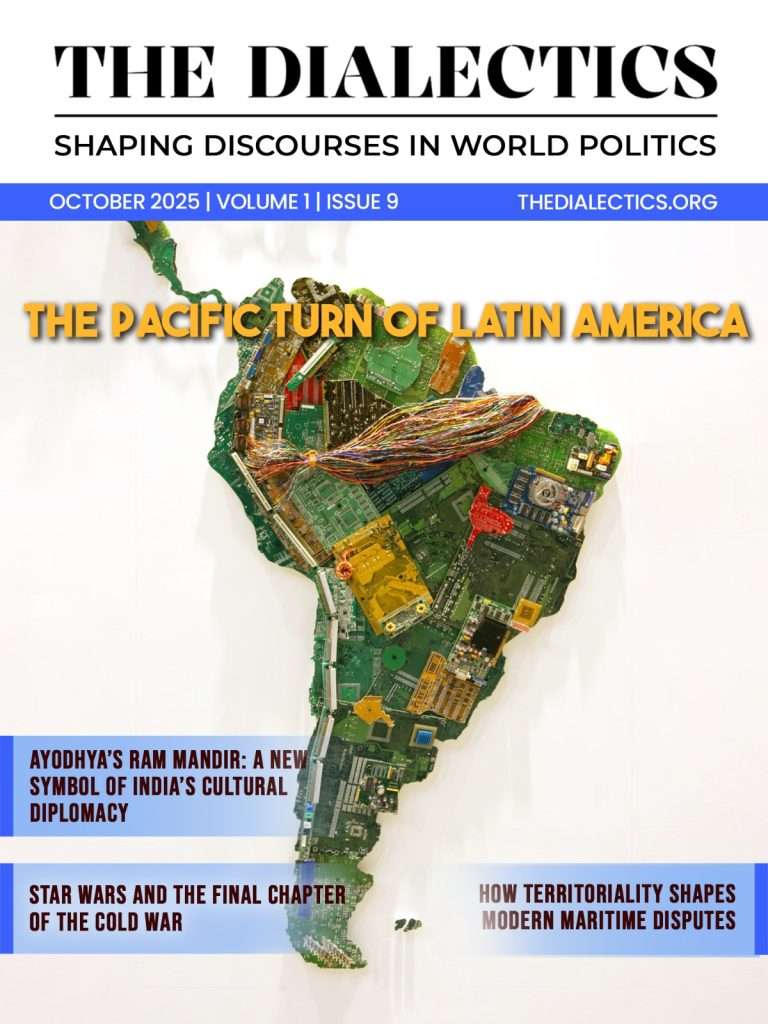TD Explains: What caused the Tiananmen Square Incident
From a space for gathering to commemorate public events or to a spot for rallying protests, squares are of paramount importance in Chinese polity from villages to cities. Of several such squares, Tiananmen square, located in the heart of the Forbidden city of Beijing and boasting a history of 500 years, is the one that has witnessed several important events in Chinese history. It made headlines in the last century on multiple occasions; however, the most important one is the infamous Tiananmen protests. Considered as one of the largest democracy movements in a country where protests are strictly regulated or orchestrated by the party itself, Tiananmen square protests is a series of sporadic protests in China in 1989 which culminated in the massacre of several students. Let’s delve into a brief history of it, Rots in the system: Under Deng Xiaoping, the Chinese Communist Party Chairman and the de-facto leader who took after the reins after Mao Zedong, Chinese economy has made remarkable gains in a very short span of time starting from the opening of the economy in 1976 and the four modernisations-in agriculture, industry, scientific development and national defence. However, following the boom in the rural economy, similar success stories could not be repeated in urban areas and price rice and inflation spiralled within a decade. Premier Zhao Ziyang (left), Deng Xioping and Hu Yaobang (Right) The Communist party that was expected to fix the economy caught between the power struggle between reformists headed by Party General Secretary Hu Yaobang and Premier Zhao Ziyang on one side and the Elders of the party on the conservative side. The Yaobang and Zhao faction argued that economic reforms would be incomplete without the political reforms. Whereas, the elders of the party, led by Chen Yun, let alone the political reforms, were opposing even the market freedom. This has led to widespread discontent and disbelief among intellectuals who started voicing out their opinions. All these spiralled into a massive support for the students among the citizenry. How protests started brewing…. The first seed of protest started in Chinese University of Science and Technology in Hefei in 1985 when the authorities turned down the idea of an elected students’ body in the campus. Students rallied for “democracy and freedom”. However, it ebbed down with time and an offer from the Communist party to discuss political reform. The second trigger point was the death of Hu Yaobang on April 15, 1989, who was stripped of all political positions for his stand on political reforms. Hence his death became the rallying point for students against the government. The students’ demands were initially limited to their own grievances like job, end of nepotism by party members and limited personal freedoms. However, the high handedness of the Communist Party in handling the situation turned the protests into one of the biggest ever seen. Protests were seen as ‘anti-party’ activism by the communist party and was declared as a “counter-revolutionary turmoil” by the People’s Daily newspaper. This was seen as a question to the patriotism of the students who consider themselves as ‘uber patriotic’. What was merely a gathering of small students snowballed into a large movement with the support of liberals and other intellectuals. Several students’ unions were formed which called for boycott of classes and called for marches and hunger strikes on mid-May which coincided with Gorbachev’s visit to China. Protests were held daily and counts reached 1.5 million students as per newspapers. Most of the society and the intellectuals rallied behind the protesting students who took more hardline positions like Erection of a ‘Statue of Goddess of Democracy’. Students trying to erect Statue of ‘Goddess of Democracy’ Chinese state reaction The party was mired in its own internal conflicts. At one point, it seems that party was losing its grip. However, Vijay Gokhale, the former Indian ambassador to China argues that the party propaganda machinery loosened its grip over reporting of the incident which strengthened the movement. This was due to Zhao’s interference. With Zhao being stripped of his positions, the movement lost its steam and was finally repressed on 4th June with army’s help resulting in the deaths of several students. Legacy and its impact The communist party has successfully covered up the whole things that transpired on June 4, 1989. It was seen as an attempt to thwart the Communist Party using foreign hands. The party also realised the need to check factional tendencies within the party. In short, the authorities tended to be more authoritative than before. International Reaction Western media was lapped up with the movement. But once the western countries saw more good in ties with China than to support democracy, they preferred to forget it. They were also busy with USSR. This was another case when national interest precedes over human rights cases. Is it a true pro democratic movement? Student leaders like Wang Dan who led the movement projected it as the first meeting of democracy with the people of China. However, the fact that the government was able to repress the movement suggests that democracy failed to catch the imaginations of the people in China. Democratic movements can succeed in the long run only if it’s coming up as a demand from the people. Yet, Tiananmen square protests will stand as one of the testimonials for democracy movements all over the world.




